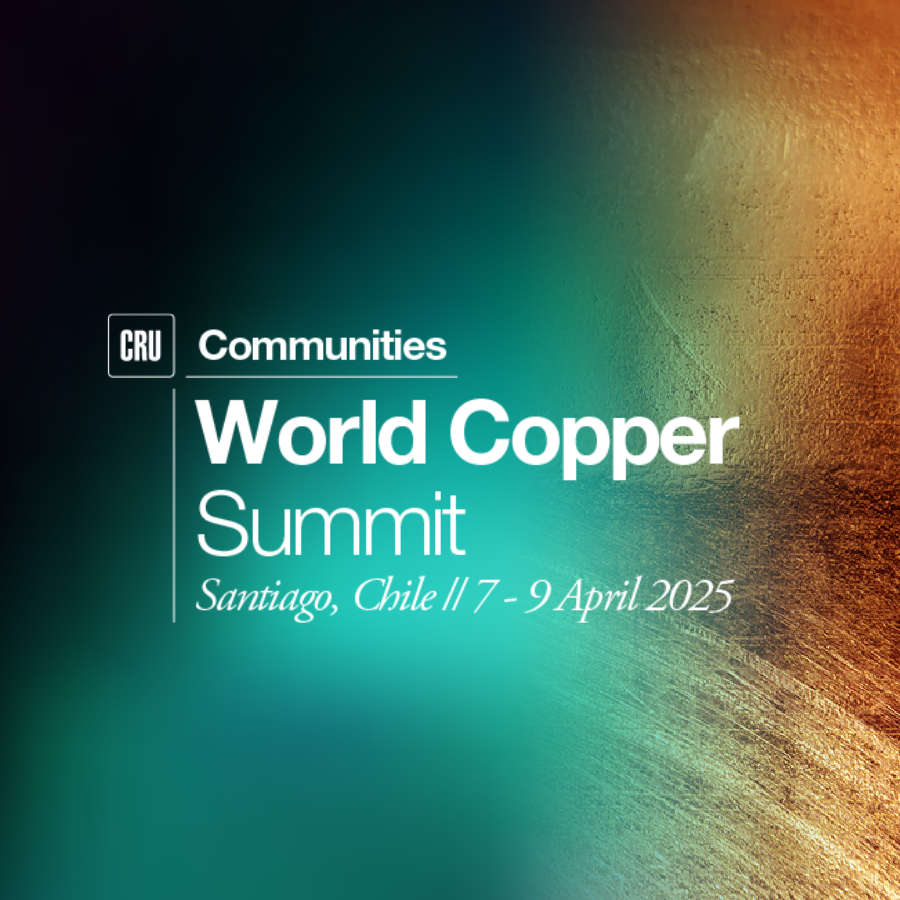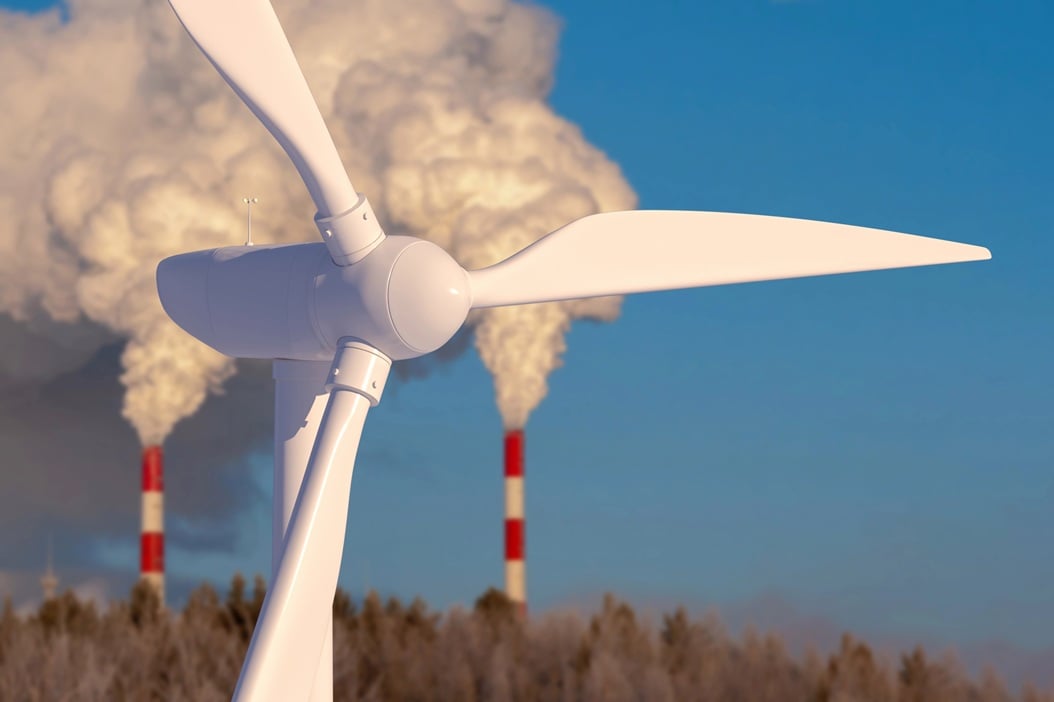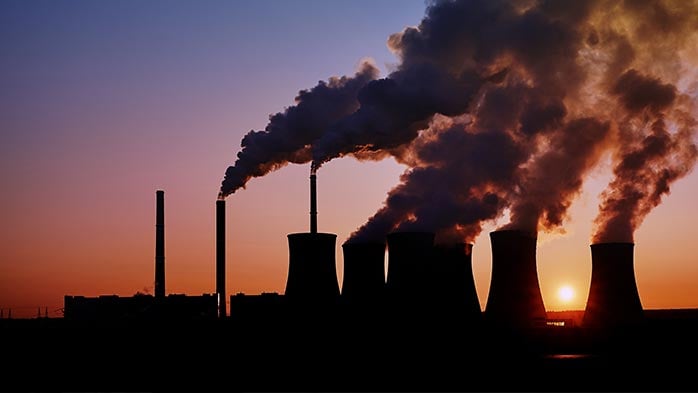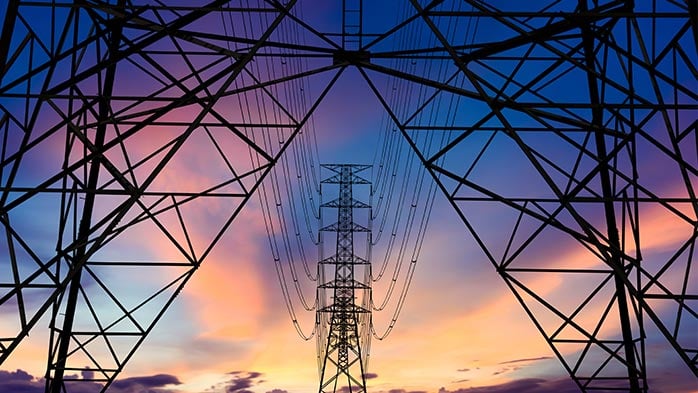Our client, a prospective investor in a leading infrastructure service provider, wanted to understand the future water needs of the Chilean copper mining and lithium mining industry, in the context of rising water scarcity, and associated demand pressures from growing mineral production and processing.
Introduction
Water supply is fundamental for copper mining. The mining industry accounts for around half of total water demand in the Antofagasta region, and is subject to rising water stresses and infrastructure service and investment needs. Thus the availability of water is a key strategic issue for both infrastructure service providers and their mining industry customers.
In this context, CRU Consulting was commissioned to provide detailed guidance on the outlook for, and key drivers of, water demand in the Chilean mining industry, with a particular focus on the Antofagasta region, in order to provide a comprehensive understanding of the overall market outlook as well the key individual customer needs within it.
Our recommendation
We identified that the investment target benefitted from a robust future water service demand environment in the Antofagasta region, driven in particular by a large number of prospective new copper mining projects and declining grades leading to more intensive water use for mineral processing and waste handling.
Our methodology
CRU has built a detailed bottom-up model for water consumption, drawing on database information and mine production models and plans. The model takes explicit account of the outlook for mineral grades and the implications for water use in mining and mineral processing and waste handling. As part of this work, we employed safety factors in order to take into consideration potentially larger than estimate water displacement capacity particularly with regards to piping and pumps.
Our results
Copper mining is by far the largest driver of water consumption demand in mining in the region: the mining industry accounts for roughly 50% of total demand in the region (compared to around 3% on average for the country), of which 90% of this amount corresponds to copper mining activities.
Historical water demand grew at ~5% in the 5 years prior to the commissioning of this study, driven by significant expansion within the mining industry. Consumption of sea water (both desalinated and direct) increased during this period, as did the share of mining companies procuring water from third parties increased by around 50%.
Our analysis showed that water demand growth is set to accelerate in the next 10 years. Underlying this trend was a near term decline in water consumption from current copper operations. However, this fall was projected to be offset by the effects of rising water demand from new copper projects.
The impact of increased water consumption from the mining industry in the medium and long term is a key concern for the sustainability of this industry going forward. As a consequence, several of the new projects consider their own desalination plant as a central part of the constructions to ensure water supply, but also seeking a commitment to sustainability, hydric resources and local communities. Seawater is expected to be the main source of water supply in the mining industry in northern Chile by 2030 – surpassing continental water, reaching more than 50% of water consumption for the copper mining and lithium mining industry.

















